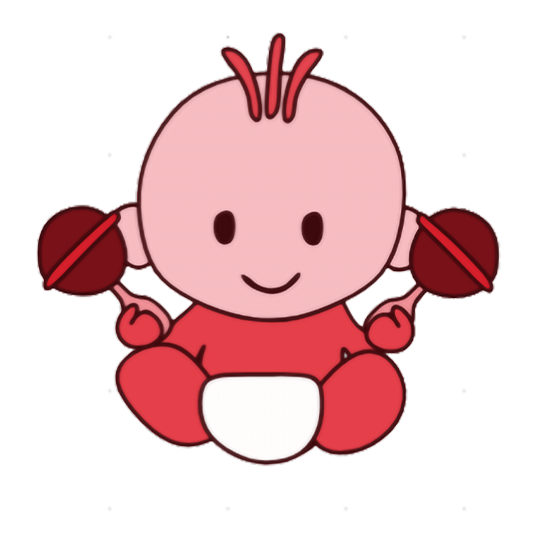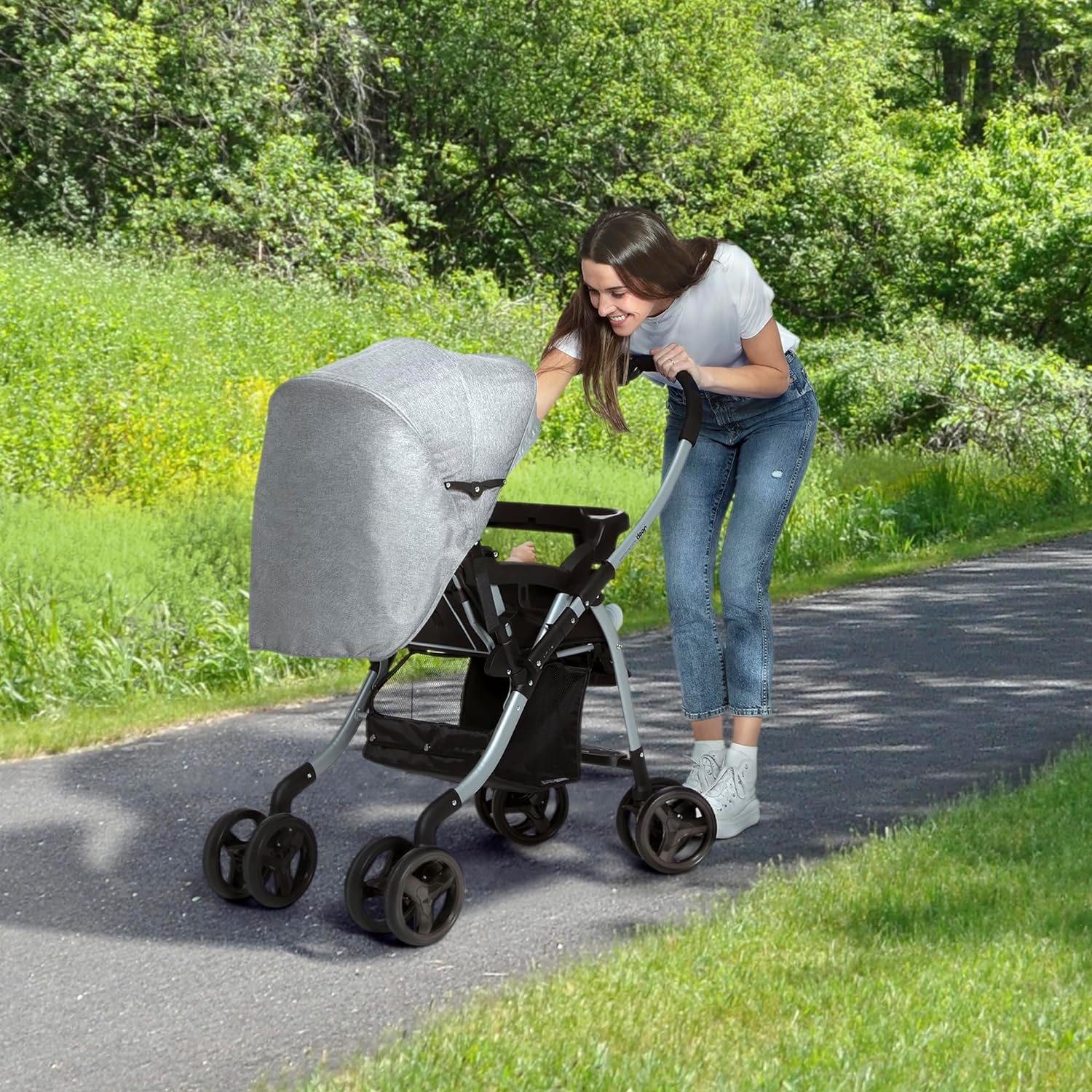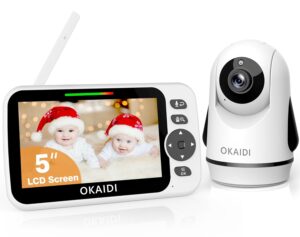Having a baby stroller is essential for parents who are always on the go with their little ones. Strollers provide convenience, safety, and comfort for both the parent and the child. They offer a practical solution for outdoor activities and travelling, allowing parents to keep their children close while still being able to carry out day-to-day tasks. So, When can baby sit in front facing stroller? And What are the key factor to chose the correct baby stroller?
There is a wide range of baby strollers available on the market, catering to various preferences and requirements. From prams and pushchairs to travel buggies and stylish strollers, parents have numerous options to choose from. Factors such as wheel size, seat direction, compatibility with car seats, and folding mechanisms all play a role when selecting the best stroller to suit the family’s needs.
Why do strollers face forward?
Strollers face forward for several reasons, primarily related to the developmental stages and needs of the baby as they grow. Initially, when babies are very young, it’s common to use a rear-facing stroller which allows parents to maintain eye contact and interact directly with their baby. This is important for the baby’s emotional comfort and developmental needs. Babies benefit from seeing their parent’s faces, and it also provides a level of safety as parents can monitor them easily.
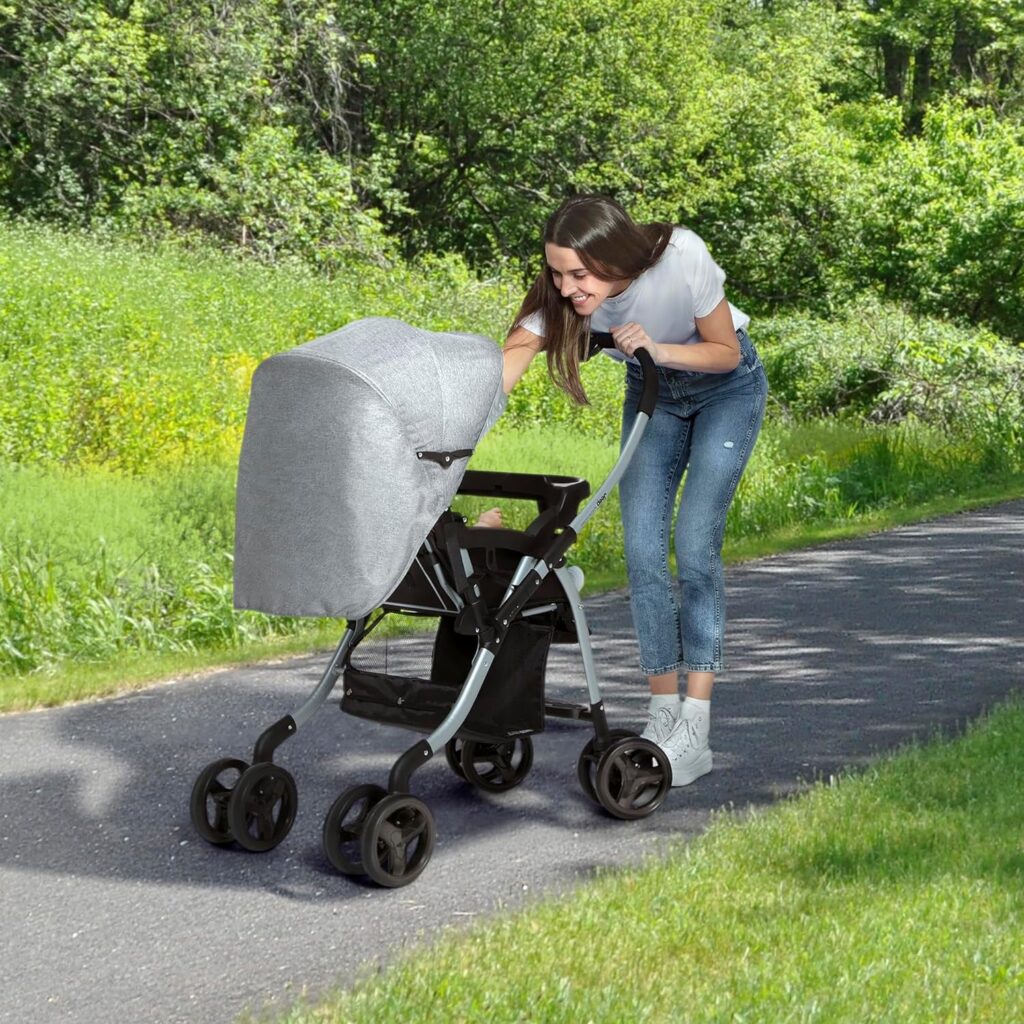
When can baby sit in front facing stroller?
As babies grow, usually around 6 to 9 months old, they start showing more independence and curiosity about their surroundings. At this stage, a forward-facing stroller becomes beneficial. It allows the baby to explore and observe the world around them, which is crucial for their cognitive development and sensory stimulation. This exploration and exposure to different sights, sounds, and environments can aid in language development and boost their confidence. However, it’s important to ensure that the baby has developed enough neck and head control to sit in a forward-facing stroller safely.
The decision to switch from a rear-facing to a forward-facing stroller also depends on the individual baby’s development and the parents’ preferences. Some babies might be ready to face forward earlier, while others might need more time. It’s also important to consider the type of stroller and its safety features, ensuring that it meets the needs of both the baby and the parent.
What Factors Influence Parents’ Decision to Use Baby Strollers?
According to National Library of Medicine(ncbi), Parents discussed various reasons for using strollers, such as for transport, carrying items, leisure activities, supervising or containing children, enabling parental exercise, and aiding child sleep. They also considered factors that influenced their decision to use a stroller, including personal preference, convenience regarding time and distance, the family’s lifestyle, and the child’s preferences.
When baby can sit upright in a baby stroller?
The decision to transition from a parent-facing to a forward-facing stroller is also an important consideration. Parent-facing strollers are recommended for younger babies as they allow for better interaction and monitoring. Around the age of 6 months, when babies become more aware of their environment and develop better head and neck control, parents may start using forward-facing strollers. However, each baby’s development is unique, and it’s important to consider individual differences in developmental patterns and needs.
Furthermore, the American Academy of Pediatrics suggests that babies should not be allowed to sleep in a stroller unattended due to the risk of sleep-related deaths, including sudden infant death syndrome and positional asphyxia. It’s recommended to limit the time a baby sleeps in a stroller or a car seat when it is not moving.
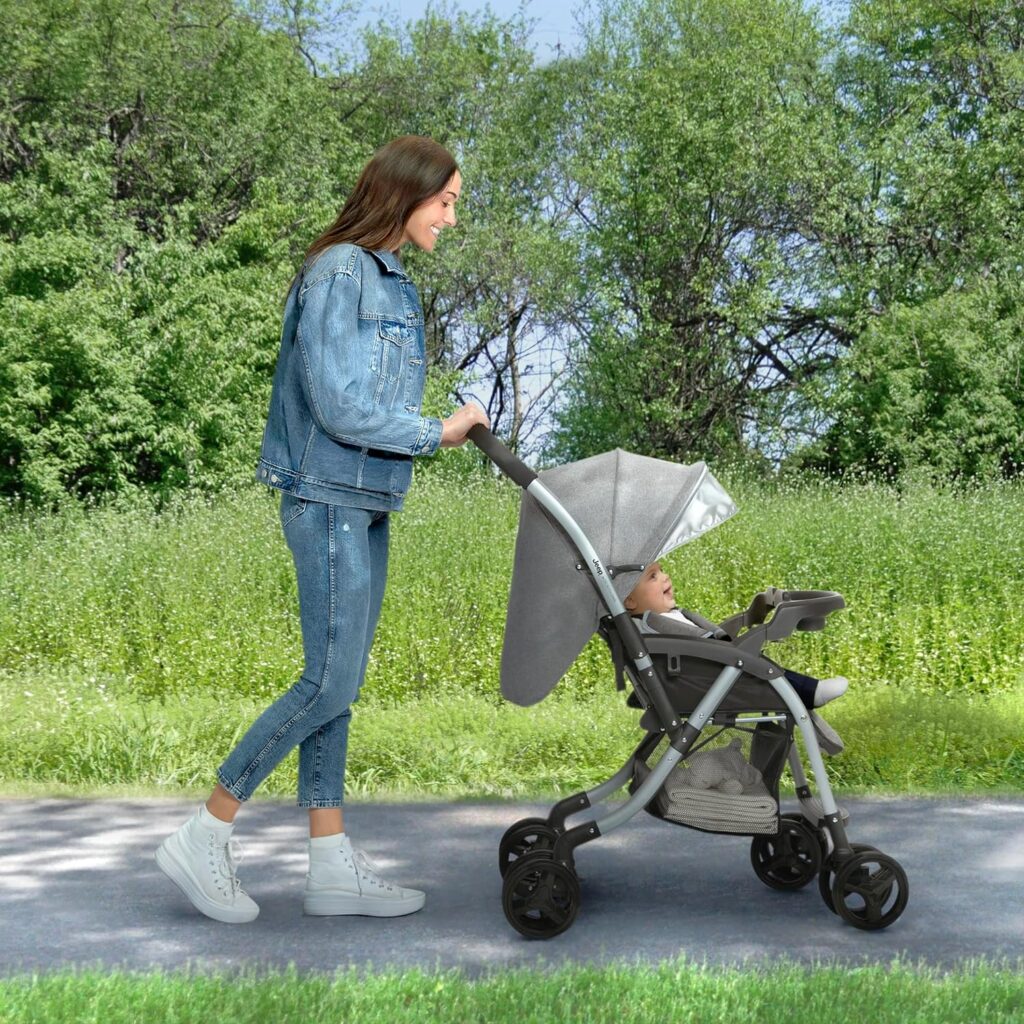
What are the key Features to Consider while choosing Baby Stroller?
When choosing a baby stroller, it is essential to consider several key features to ensure the safety, comfort, and ease of use for both baby and parents. This section highlights the main aspects to keep in mind when making a decision.
Safety Mechanisms
The most important aspect of any baby stroller is safety. Look for features such as a strong frame, secure harness, and stable wheels. A five-point harness is the gold standard, as it keeps the baby secure while in the stroller. Additionally, consider strollers with a parking brake for added stability while stationary, and make sure any folding mechanisms lock in place to prevent accidental collapse.
Manoeuvrability
The ease of manoeuvrability is crucial when navigating crowded areas or uneven terrain. Swivel front wheels make turning much easier, while lockable front wheels add stability when used on rough surfaces. Test the stroller in store to see how it handles different surfaces.
Comfort and Materials
The materials used in a stroller play a significant role in both comfort and practicality. Opt for a stroller with a comfortable, padded seat and a large canopy to protect your baby from the elements. Breathable fabrics are ideal, especially during hot summer months, and easy-to-clean fabrics are a must for inevitable spills and messes. Don’t forget to check the comfort of the handlebar for the person pushing the stroller!
Adjustability
A baby stroller that grows with your child is a wise investment. Features such as a height-adjustable handlebar, multi-position recline, and an extendable canopy will make the stroller more comfortable to use for both parent and child. Additionally, consider a stroller that converts to a travel system or a bassinet for new-born babies, as this will save on purchasing multiple products down the line.
Remember, it’s essential to explore different options and find the baby stroller that best fits your requirements and budget. Stay focused on the key features mentioned above to ensure a safe, comfortable, and enjoyable experience for both you and your baby.
Choosing the right baby stroller involves considering various factors like the child’s growth stage, family lifestyle, and stroller features like safety and comfort. As the baby grows, their needs evolve, making it essential to select a stroller that adapts to these changes. The ideal stroller should offer safety, ease of use, and comfort, enhancing the parenting experience during activities such as walks, errands, or travel. A well-chosen stroller can greatly simplify parenting on the go, contributing to the well-being of both the child and the parents.
Frequently Asked Questions (FAQ)
When is it typically safe for a baby to sit in a front-facing stroller?
Most experts recommend that a baby should be at least six months old before sitting in a front-facing stroller. This is primarily because, around this age, babies usually develop sufficient head and neck control to sit upright safely. However, this can vary depending on the individual development of the child.
What factors should be considered before placing a baby in a front-facing stroller?
Before placing a baby in a front-facing stroller, parents should ensure that the baby can support their head and neck on their own and can sit without assistance. It’s also important to consider the baby’s overall physical development, as premature or developmentally delayed infants might need more time before they can safely sit in a front-facing stroller.
Are there any safety precautions to take when using a front-facing stroller?
Yes, safety precautions are important. Always use the stroller’s harness to secure your baby and ensure that the stroller is sturdy and has a reliable brake system. It’s also advisable not to leave the baby unattended in the stroller and to avoid hanging heavy items on the stroller’s handles to prevent it from tipping over.
How does sitting in a front-facing stroller benefit a baby?
Sitting in a front-facing stroller can benefit a baby by providing them with a new perspective of their environment. This can stimulate their sensory development, foster curiosity, and aid in cognitive and language development as they observe and interact with the world around them.
Can a baby sleep in a front-facing stroller?
While short naps in a stroller are common, it’s generally not recommended to let a baby sleep for prolonged periods in a stroller, especially unattended. This is due to the potential risk of positional asphyxia. If a baby needs to sleep for an extended period, it’s safer to transfer them to a flat, firm surface like a crib or bassinet.
Read More : Graco Milestone 3-in-1 Baby Car Seat Review: The Top Choice for Safety?

